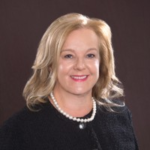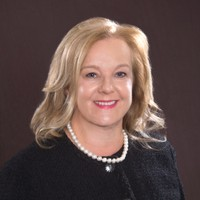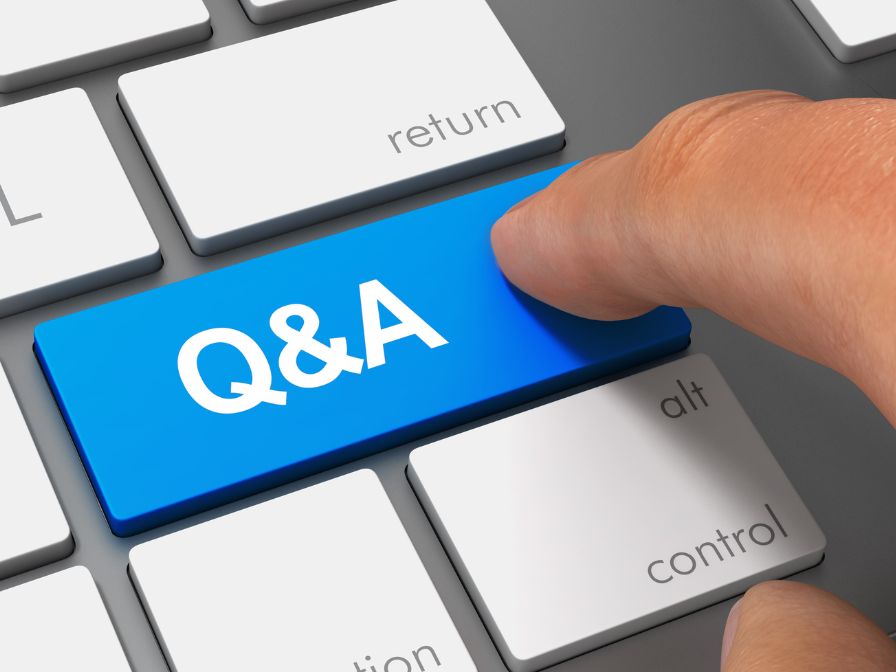ISO 20022 is a financial messaging standard that is on every financial institution’s (FI’s) agenda—or at least it should be. The changes and implications resulting from ISO 20022 are massive, so developing a strategy and implementation plan early will make all the difference in how much value banks and FIs are able to derive from their efforts.
Some history around the adoption of ISO 20022: It was introduced in 2004 for the investment funds industry as there were no comprehensive messaging standards available for this business. The benefits rendered from the enriched format led leaders in the payments industry to explore additional message sets for enhanced payments messaging.
Widespread adoption of the enriched payment messages started in EU with SEPA payments about seven years ago, followed by Switzerland and Japan adopting the standard for their domestic payment market infrastructures in 2016. The standard has also been available for the corporate to bank communication.
Now, the movement is gathering steam, and major payment market infrastructures, instant payment rails, and SWIFT cross-border payments are making the move to ISO 20022 messaging, meaning it will become the de facto payments messaging standard in the next few of years. Here at Volante, we offer our VolPay for ISO 20022 Migration solution to help banks and FIs address the challenges of variable timelines and migration approaches, co-existence of standards, data management challenges of legacy applications, and more, allowing banks to meet mandatory deadlines without needing to “rip and replace” or upgrade their existing systems or processes.
Considering the global implications of ISO 20022 migrations, there is still some ambiguity around why it matters, how it affects banks and FIs, and what they can do to maximize the positive impact it has on their payments business. We have answered some of the most common questions we receive, below.
Why is ISO 20022 an important and topical subject in the financial services industry?
ISO 20022 adoption is going to touch the entire payments value chain. SWIFT’s cross-border payment and reporting messages are moving to the ISO 20022 standard starting November 2022. This gives the industry three years to migrate, or until November 2025. But SWIFT is not alone; global payment market infrastructures such as Fedwire®, CHIPS, Lynx, CHAPS, T2, Euro 1, and CHATS, to name a few, are all re-engineering and modernizing their payment platforms and adopting ISO 20022 in the years to come. Timelines and migration approaches for these initiatives vary, but all have deadlines coming up within the next few of years.
Entities that work with transaction banks are also affected: corporations, broker/dealers, asset managers, custodians; any kind of financial institution or business that is sending or receiving payment and cash management messages.
What are the benefits of ISO 20022?
The benefits of ISO 20022 are numerous. First of all, the enriched structured data format also provides improved transparency, automation, and STP, making it easier to peer into the entire payment lifecycle, detect fraud, analyze AML and sanctions issues, and reconcile payments with little to no manual intervention. It also builds a foundation for additional efficiencies in payments processing by providing complete and structured data such as full remittance information, debtor and creditor names, and full addresses. It also allows interoperability between cross-border and domestic payments, something that is currently a convoluted process to navigate. All these benefits, in turn, create a better customer experience and allow banks to offer clients innovative products and services.
What are the major challenges with regard with the adoption?
The first challenge has been keeping track of migration timelines, which have been shifting in 2020: SWIFT postponed the start of the migration by one year to November 2022, ECB confirmed the T2-T2S consolidation and ISO 20022 migration to take place in November 2022; as did Euro 1; and updates are expected regarding the Fedwire and TCH migration timelines and strategy. These moving targets have been creating planning issues for banks and FIs.
There are also differences in migration approaches. Some market infrastructures are doing big bang migrations and some are progressing in phases. For instance, T2, Euro 1, and CHATS migrations will take place as big bang, whereas CHAPS in the UK will be a phased migration.
Internal complexities and legacy application integration are also a concern. Banks have numerous legacy applications which have their own message touch points and routing, so understanding the message foot-print inside the organization as the messages travel from application to application is vital for operational and compliance purposes. Not to mention the business implications of potential data loss and message truncation if messages are not efficiently transformed from ISO to a proprietary standard. The issue is that legacy systems cannot currently do this and updating or replacing technology can be an arduous and expensive feat.
What is the most efficient path to the ISO 20022 Migration?
So how can banks and FIs handle the changes ISO 20022 brings without needing to upgrade and disrupt all their legacy application processing? Modernizing technology is essential in adopting ISO 20022, whether it is for application upgrades, replacements, data management, translation, validation, routing, enrichment, or compliance system (such as sanctions, fraud, AML) orchestration. If this seems a herculean task, it doesn’t have to be; legacy-friendly software can provide a bridge between the old and the new. Banks and FIs should choose a solution that can be used strategically or tactically depending on the project requirements and utilize software that insulates core systems from mandatory migrations and operates the ISO 20022 canonical data model. Adopting software that can be leveraged for the SWIFT cross-border migration, market infrastructure changes, and new instant payment initiatives is cost-efficient and operationally and technically effective.
What is the future of ISO 20022?
The future of ISO 20022 in payments is evolving. It is no longer only designed for traditional payments processing but is facilitating future methods of making payments. The standard is a bedrock or foundation which standardizes the business flows and the understanding of the processes regardless of how the payment is made or received. It affects:
- Open Banking and related API services
- Instant payment rails and interoperability
- Blockchain
- Securities, FX, Card, and Trade Finance message migration
- New entrants to cross-border payment market
Learn More
You can read more about Volante’s VolPay for ISO 20022 solution, here.
You can also listen to a recent webinar where industry experts from Credit Suisse, Deutsche Bank, Erste Group and Volante, explored:
- Why ISO 20022 is a true asset to the payments landscape
- Insights into completed ISO 20022 payment message adoption at a top European bank
- Achieving standards harmonization across a suite of other industry-wide projects
- The impact of ISO 20022 migration both within financial institutions and their engagement with other industry participants
- The tools and approaches financial institutions should consider to maximize the efficiency of their migration projects






